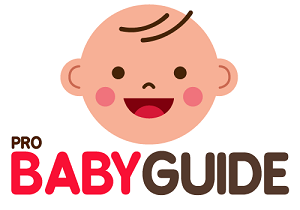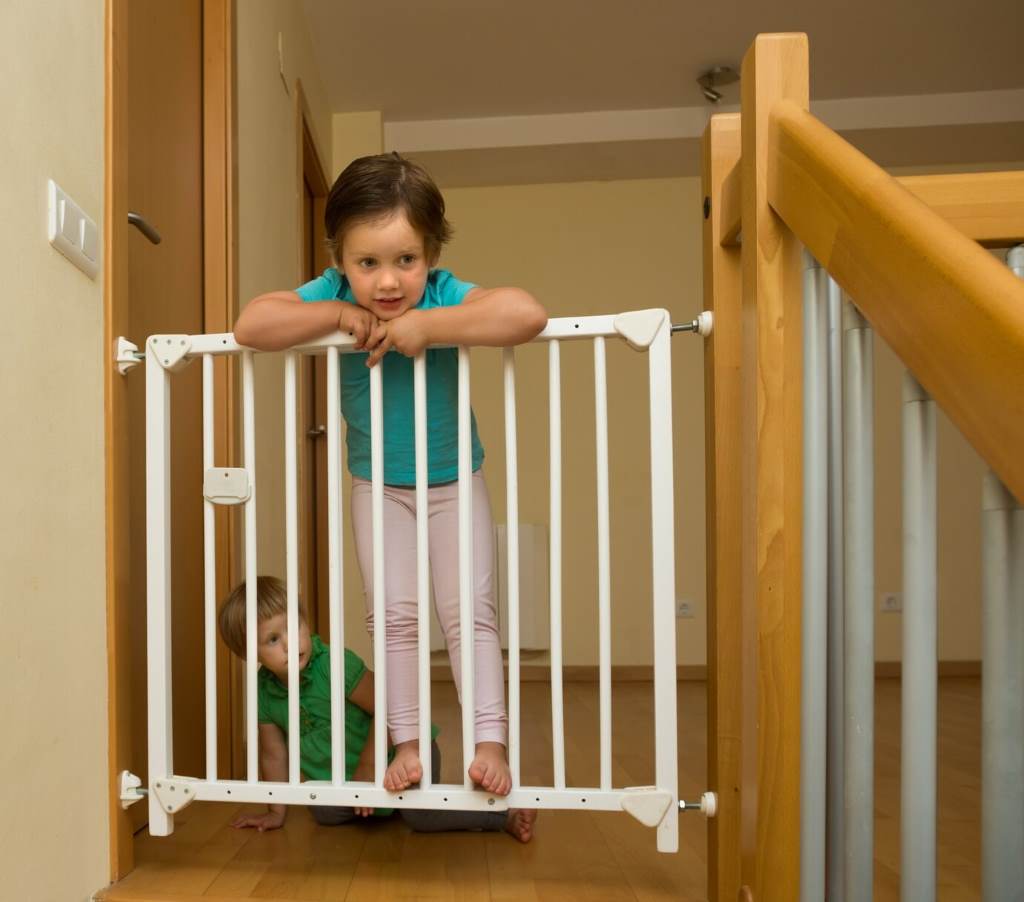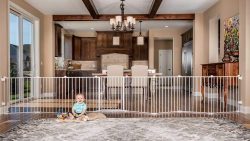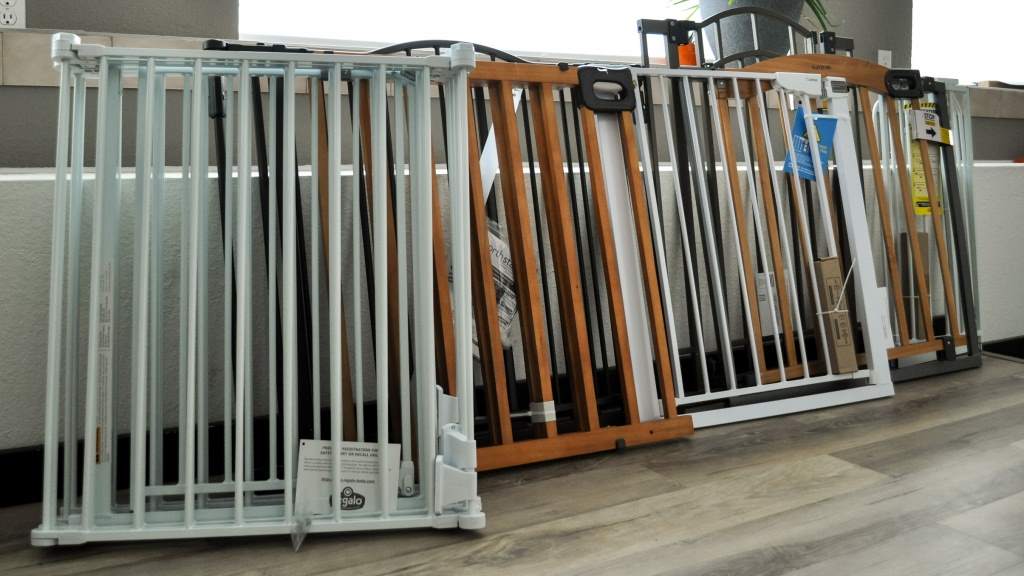The top of a staircase presents a unique safety challenge, especially for households with young children or pets. It’s a high-traffic area with a significant drop, demanding a robust and reliable barrier. But beyond simple functionality, the gate you choose also contributes to the aesthetic of your home. Selecting the “best” gate isn’t a one-size-fits-all answer; it depends on your specific needs, the layout of your staircase, and your personal style preferences. This article delves into the right gate for top of your stairs, providing detailed insights to help you make an informed decision.
Understanding the Unique Demands of a Top-of-Stairs Gate
Unlike gates placed in doorways or hallways, a top-of-stairs gate must withstand greater pressure and potential impact. Children and pets are more likely to push or lean against a gate at the top of stairs, making stability paramount. Additionally, the gate should be easy for adults to operate while remaining challenging for children to open. A poorly chosen baby gate can create a false sense of security, leading to dangerous accidents.

Key Considerations for Choosing a Top-of-Stairs Gate:
- Hardware-Mounted vs. Pressure-Mounted: This is the most critical distinction. Hardware-mounted gates are screwed directly into the wall or banister, offering superior stability and preventing the gate from being dislodged. Pressure-mounted gates, which rely on tension, are generally not recommended for the top of stairs due to their potential to be pushed out of place.
- Ease of Operation: Frequent use necessitates a gate that’s easy to open and close with one hand. Consider a gate with an auto-close feature or a swing-open design that stays open when needed.
- Material and Durability: The gate should be constructed from sturdy materials that can withstand repeated use and potential impact. Wood, metal, and high-quality plastic are common choices.
- Width and Height: Measure the width of your staircase opening and ensure the gate can be adjusted to fit securely. The height should be sufficient to prevent children or pets from climbing over.
- Safety Certifications: Look for gates that meet or exceed safety standards set by organizations like the Juvenile Products Manufacturers Association (JPMA).
- Aesthetics: While safety is paramount, the gate should complement your home’s décor. Consider the material, finish, and overall design.
Types of Gates Suitable for the Top of Stairs:
Hardware-Mounted Swing Gates:
These are the gold standard for the right gate for top of your stairs. They offer the greatest stability and are designed to swing open like a door.
- Pros: Extremely secure, durable, easy to operate with one hand, often feature auto-close and hold-open mechanisms.
- Cons: Requires drilling into walls or banisters, may leave visible holes when removed, can be more expensive than pressure-mounted gates.
- Detailed Explanation: The hardware mount provides a rigid connection that eliminates the risk of accidental dislodging. Swing gates often come with features like directional stops, allowing you to control the direction of the gate’s swing, which can be crucial in narrow hallways.
Hardware-Mounted Retractable Gates:
These gates feature a mesh or fabric panel that retracts into a housing unit when not in use.
- Pros: Space-saving, visually unobtrusive, suitable for wide or irregular openings.
- Cons: May require two hands to operate, mesh or fabric material may be less durable than solid gates, some models may not be as sturdy as swing gates.
- Detailed Explanation: Retractable gates are ideal for homes with limited space or where a traditional swing gate would obstruct traffic flow. The tension and quality of the retractable mesh is very important. Cheaper models can sag and become ineffective. The mounting hardware must be very strong.
Hardware-Mounted Extra-Tall Gates:
These are similar to swing gates but are taller, providing added security for larger pets or particularly adventurous children.
- Pros: Enhanced safety, prevents climbing, suitable for a variety of pets and children.
- Cons: Can be visually dominant, may not be necessary for all households, can be more expensive.
- Detailed Explanation: Extra tall gates are essential for families with large breed dogs that can easily leap over standard gates, or toddlers that are very adept at climbing. The extra height provides a significant deterrent.
Hardware-Mounted Banister-to-Banister Gates:
Designed specifically for staircases with banisters on both sides, these gates eliminate the need to drill into walls.
- Pros: Protects banisters from damage, easy installation, versatile for various banister styles.
- Cons: Requires compatible banister designs, may be less versatile than wall-mounted gates, can be more expensive due to specialized mounting kits.
- Detailed Explanation: These gates use specialized mounting kits that wrap around the banisters, creating a stable base for the gate. The design prevents damage to the banisters and is ideal for rental properties or homes with valuable woodwork. The kits must be very strong, and compatible with the banister shape.
Installation Tips for Top-of-Stairs Gates:
- Always follow the manufacturer’s instructions carefully.
- Use a stud finder to locate wall studs for secure mounting.
- Ensure the gate is level and plumb.
- Test the gate thoroughly after installation to ensure it’s stable and secure.
- For banister installations, double check the stability of the banisters themselves.
People Also Ask (FAQs):
Q: Can I use a pressure-mounted gate at the top of stairs?
A: No, pressure-mounted gates are not recommended for the top of stairs. They rely on tension to stay in place and can be easily dislodged, posing a serious safety hazard.
Q: What is the safest type of gate for the top of stairs?
A: Hardware-mounted swing gates are generally considered the safest option due to their superior stability and secure installation.
Q: How do I choose the right size gate for my staircase?
A: Measure the width of your staircase opening and the height you need. Choose a gate that can be adjusted to fit your specific dimensions.
Q: Are retractable gates safe for the top of stairs?
A: Hardware mounted retractable gates can be safe, but you must ensure they are installed correctly, and are of a high quality. Check reviews for sturdiness.
Q: Can I install a gate on a curved staircase?
A: Installing a gate on a curved staircase can be challenging. Consider using a retractable gate or consulting with a professional installer.
Q: What safety features should I look for in a top-of-stairs gate?
A: Look for features like hardware mounting, auto-close mechanisms, hold-open features, and safety certifications.
Q: How do I prevent my child from climbing over the gate?
A: Choose an extra-tall gate or consider adding a gate extension. Regularly check the gate for any signs of damage or loosening.
Q: How do I install a gate on a staircase with a banister on only one side?
A: You will need to mount the gate to the wall on one side and use a banister mounting kit on the other.
Q: What material is best for a top of stairs gate?
A: Metal or solid wood gates are the most durable and reliable options. High quality plastics are also available.
Conclusion:
Choosing the right gate for top of your stairs is an essential step in creating a safe environment for your family. Hardware-mounted gates, particularly swing gates, offer the greatest stability and security. Consider your specific needs, the layout of your staircase, and your personal style preferences when making your decision. Remember that investing in a high-quality gate is an investment in the safety and well-being of your loved ones. By prioritizing safety and following the installation guidelines, you can create a secure and stylish barrier that provides peace of mind.




